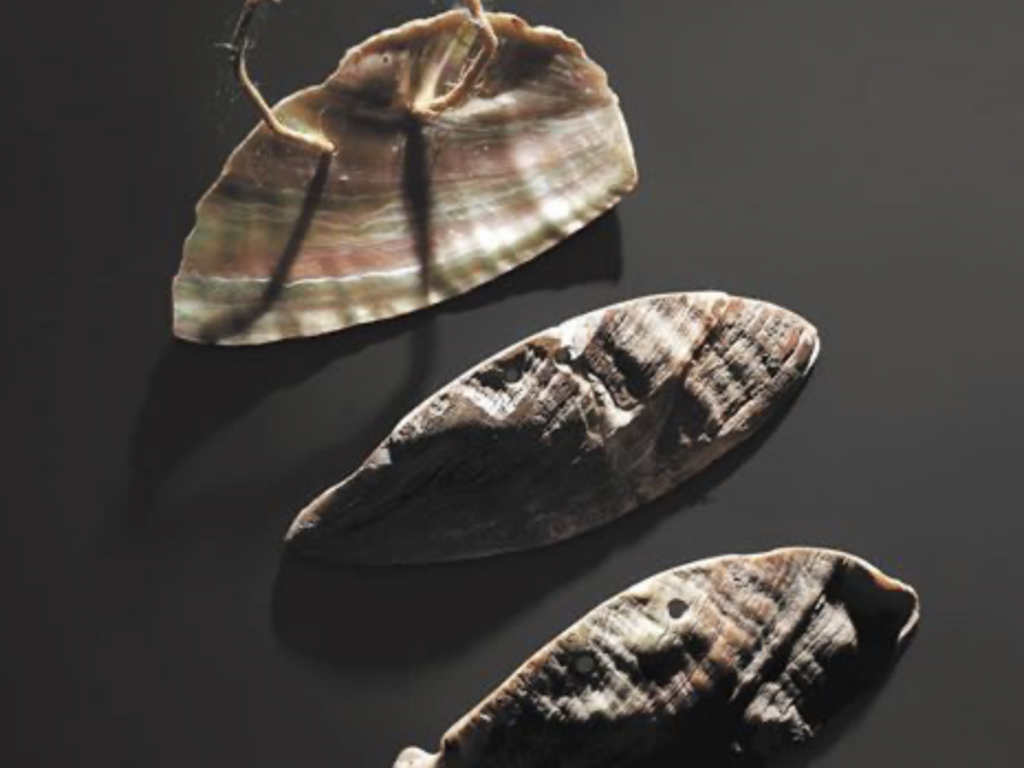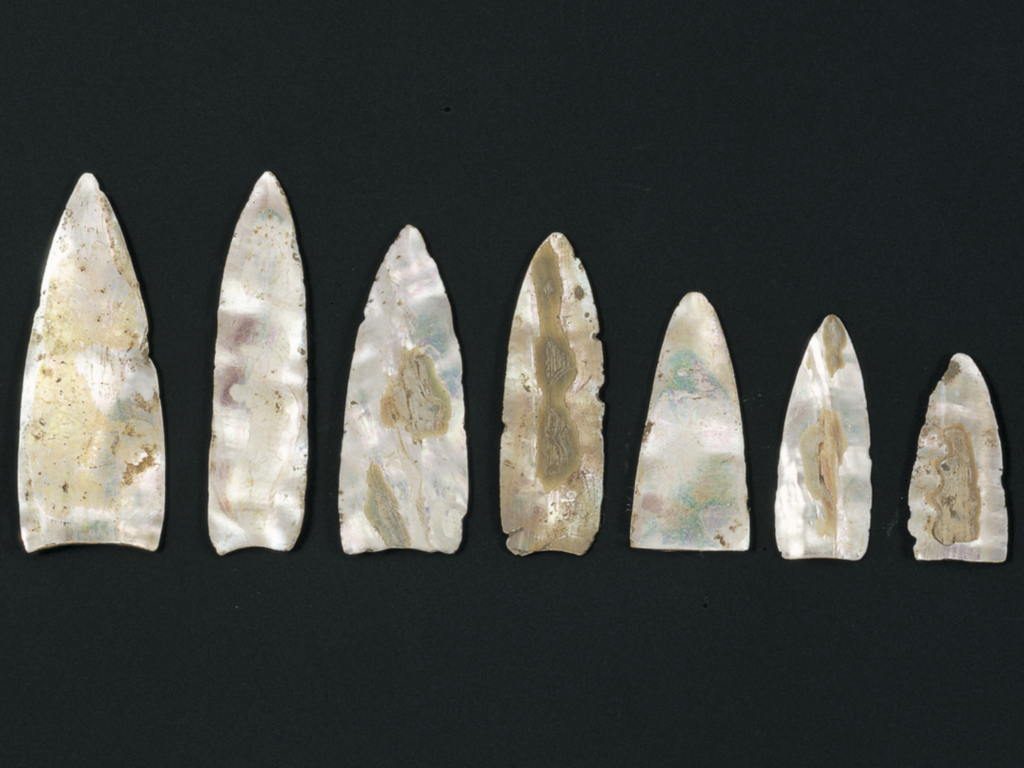People in Jeju built villages and developed complex societies during the iron age. This was the beginning of the Kingdom of Tamna. Remains from this period have been found in the north of the island in Samyang-dong in present-day Jeju City and Gwenegi Cave in Gimnyeong, as well as Hwasun-ri and Yerae-dong along the south coast.

The area around Gimnyeong lacks the kind of stone suitable for making arrowheads. There was, however, an abundance of abalone, so the resourceful people of the area used this hard-shelled marine creature to their advantage. They crafted arrowheads from abalone shell, about 30 of which were discovered at the Gwenegi Cave site. The arrowheads are thought to have been used in hunting as opposed to serving a merely ceremonial function.

Marine resources were an important part of the islanders’ diet during the formation of Tamna, as they still are today. People discarded the shells of marine organisms along with broken pottery and other items near their villages. Over the years the refuse piled up to form large mounds. Archeologists who excavated one of these shell mounds in Gwakji-ri discovered tools made from bone, imported iron daggers and axes, and ornaments made from clay and abalone shell. They also discovered knives made from the shells of abalone.
Check out these beautiful artifacts in person at the Jeju National Museum!
All pictures in this post are used with permission from the Jeju National Museum’s website.
